Date: 21 Feb 2022
The automatic transmission in modern cars does not have a mechanical drive with a mode switching mechanism. Communication is carried out digitally via cables through an electronic unit. When the gear lever is switched to D mode, the automatic transmission receives an electronic signal and the hydraulic mechanisms, valves of the hydraulic unit and clutches move the planetary gears to the desired gear.
In the same way, the automatic transmission changes the “R”, “N” and other modes. If the driver makes a mistake and instead of “N” the lever is directed to “R”, then the system will not allow the gear to be engaged, thus avoiding damage to the transmission. The electronic unit will ignore the command and leave the box in neutral.
But when the “automatic” is switched on in the “P” mode, a different mechanism is triggered. The parking mode has a direct mechanical connection with the automatic transmission via a metal cable. The mechanism drives a special bracket, at the end of which there is a latch. This mechanism is located on the shaft of the box, where there is a spline, similar to a gear. When the mechanism hits the groove, it is firmly fixed.
If the driver moves the gear lever to “parking”, the latch tightly grips the shaft. In this case, the electronics do not come into play.
For example, if the driver mistakenly engages the “P” mode at high speed, the system itself will not be able to prevent the box from entering a dangerous mode. The latch will click on the teeth and the driver will hear a loud creaking sound. And this is never a good sign. There will be chips left in the box, which pose a danger. In the worst case, the latch tooth may break and remain inside the transmission.
Parking on a slope
Approximately the same situation, but on a smaller scale, occurs when parking on a slope every day. Drivers often rush and engage the “P” mode before the car stops. Then a slight knock is felt, which is usually not given any importance. However, several such knocks every day for several years lead to metal fatigue. And after years of operation, when the deformation reaches a critical point, the locking tooth can break.
How to park correctly?
When switching the automatic transmission to “parking”, it is important to remove excess load from the locking mechanism and the teeth of the gearbox shaft. To do this, before turning on the “P” mode, you need to activate the handbrake. The algorithm looks like this: First, the driver stops the car and, without releasing the brake pedal, pulls the handbrake.
In this case, the car distributes the load on the brakes and discs. Then, when the car is firmly fixed in place, you can release the brake pedal and turn on the gear lever in the “P” mode.
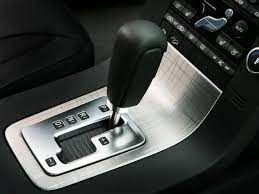
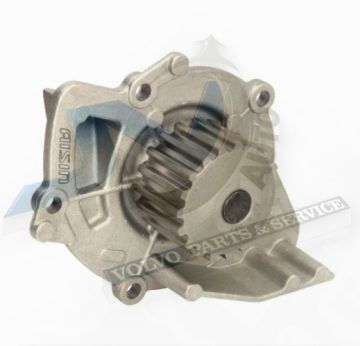
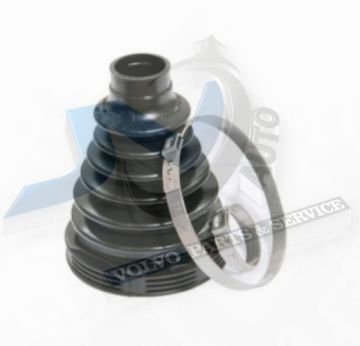
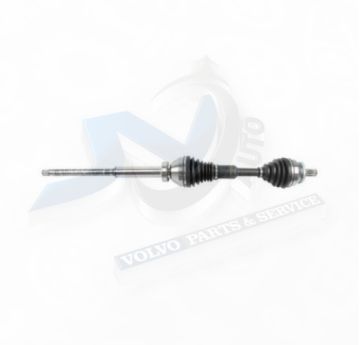
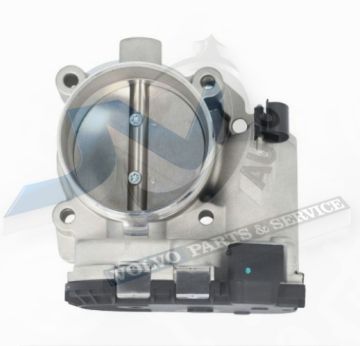
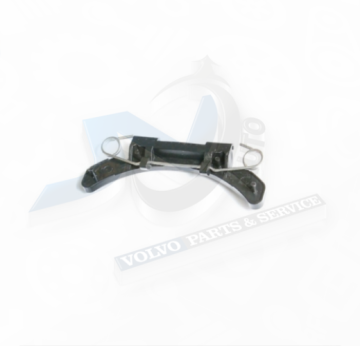
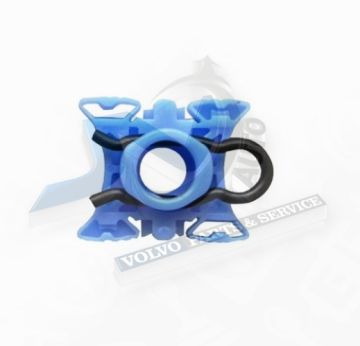
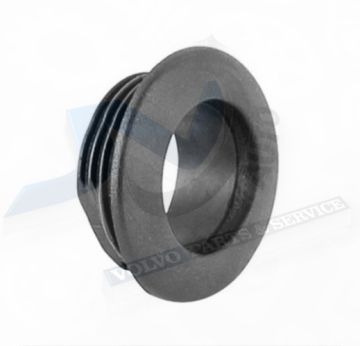
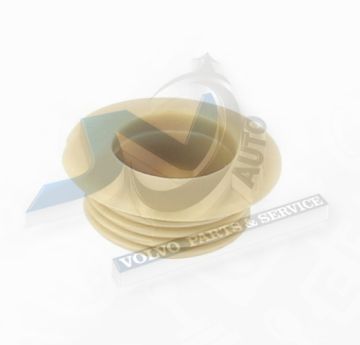








Post comment